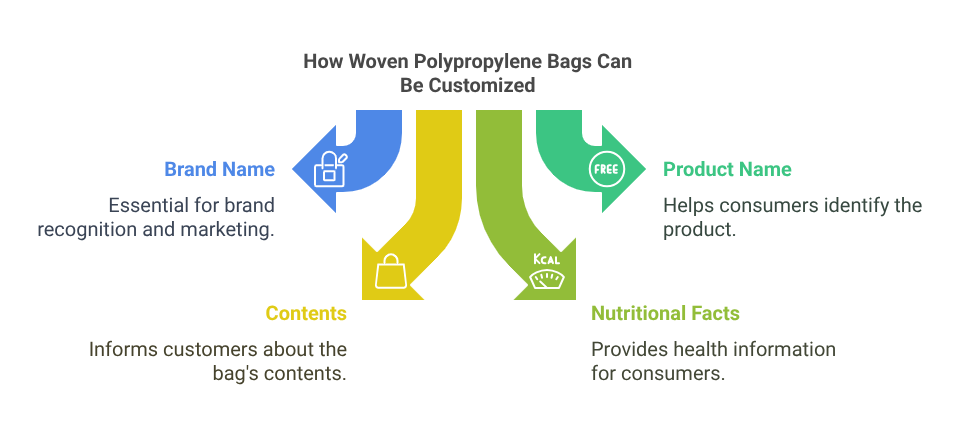In a world full of GMO’s, health of the environment and the food is of top priority. Ecological farming offers a way to combine science and innovate technologies to keep the soil health in tip top shape. With sustainability in mind, the future of this branch of farming opens many doors for healthier and more organic foods.
What is Ecological Farming, Anyway?
Ecological farming is the process of stabilizing the environment, protecting the bees and the wildlife habitats! This uses biopesticides (which are more natural than traditional chemical based pesticides). Ecological Farming changes the soil BEFORE the crop is planted in order to provide the most nutrients possible.
Using the environment around the field to learn what will best improve the soil composition. This process removes the negative impact that chemicals have on the ecosystem. By degrading and destroying habitats, soil structures and impacting our health. Ecological farming is not organic farming but biological engineering for the best and most natural ingredients.
Natural Over Modified
Over the last 30 years, we have been using Genetically Modified Organisms to change how our crops are developed. However, the sources and products used are not always best for mammals. They contain chemicals that can trigger diseases that are resistant to antibiotics. Not only do we aim to preserve the soil, we aim to keep the wild habitats in their place.
Saving the Bees and the Trees
Between 1977 and 2018, the monarch butterfly population decreased by 1.87% yearly. The bees, our primary pollinators in the US, are struggling. With a colony loss of 28.1% per year for the last 3 years, where the previous average was 15%. This was primarily caused by habitat loss, as well as warmer falls. Taking away their home through deforestation forces them to move to another area. Not all the animals will be getting the proper nutrients, causing the decrease in the population. Whether it be the animals on the land or the types of trees that are near, this all affects the way the crops are grown! At Western Packaging, we are sure to use the reliable and healthiest ingredients and sourcing for our products!
Order With Western Packaging for Safely Sourced Products!
We ship all over the country, so you never have to worry about your location versus what locations we serve! Our goal, as a company, is to provide you with the most reliable and safe products we can. The safety of your family and friends and the quality of our products is of utmost importance to us. We are here to help meet all your agricultural needs! Contact us today!

